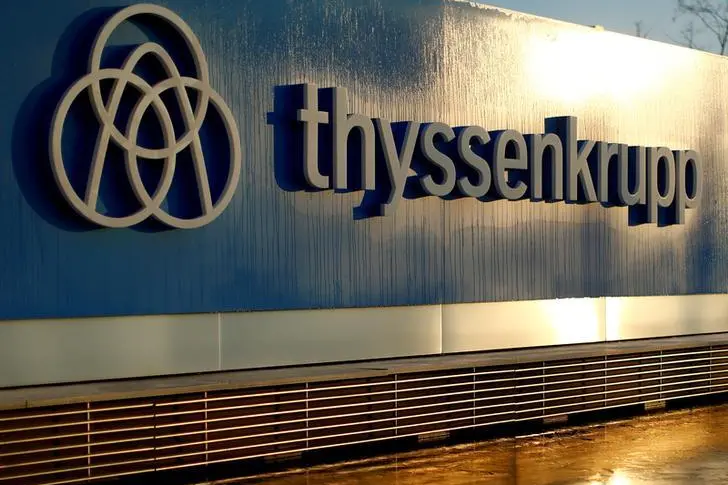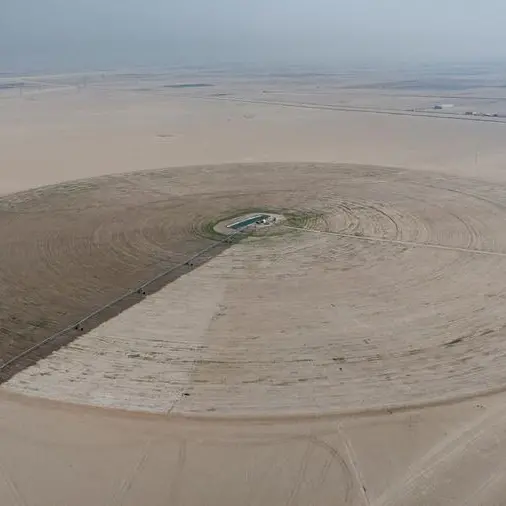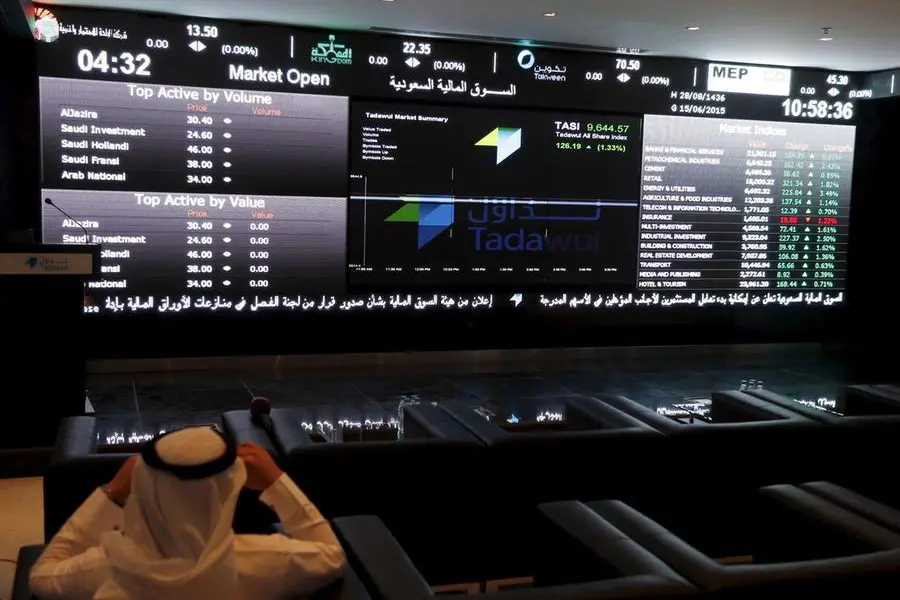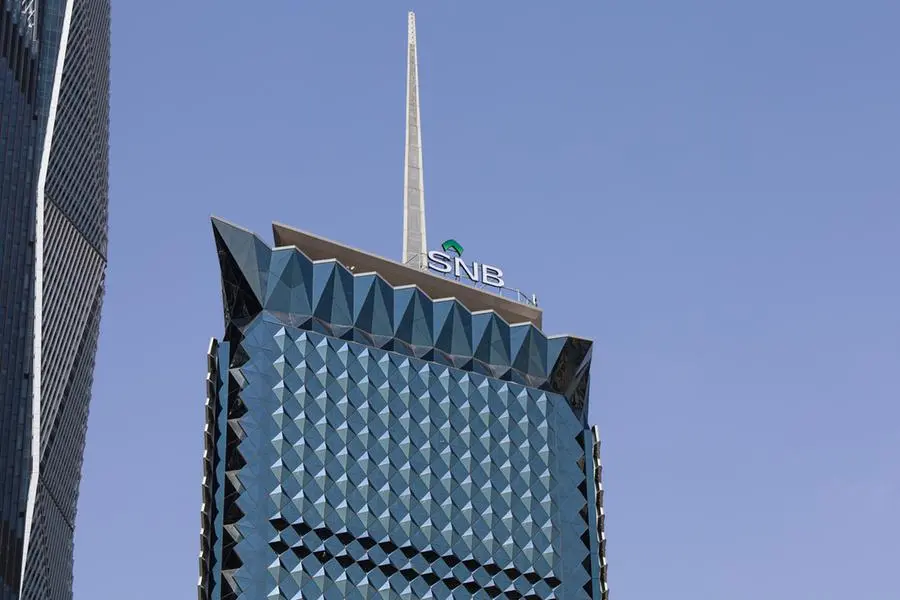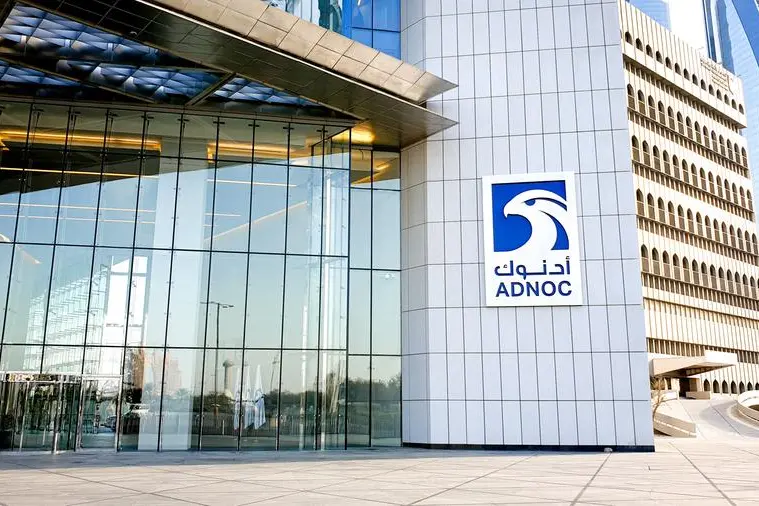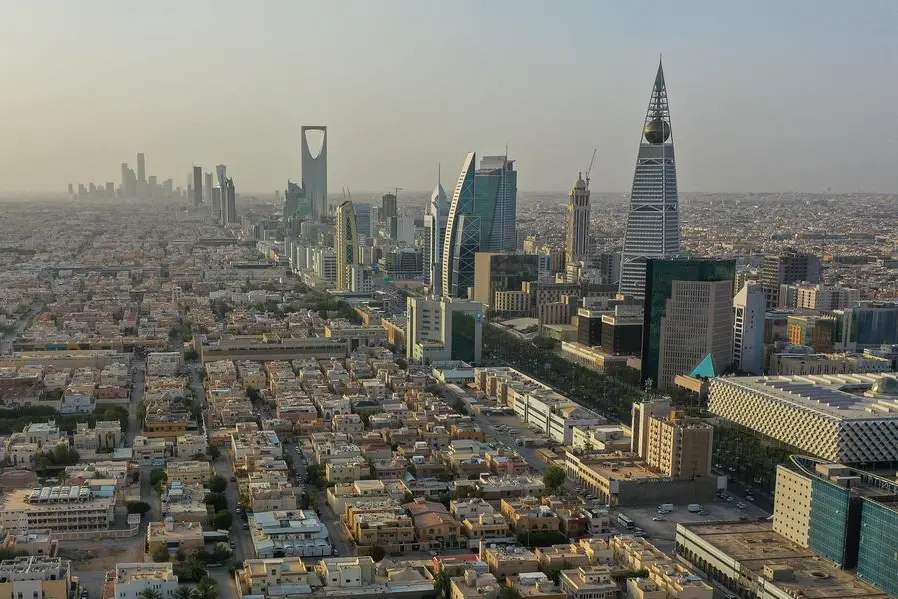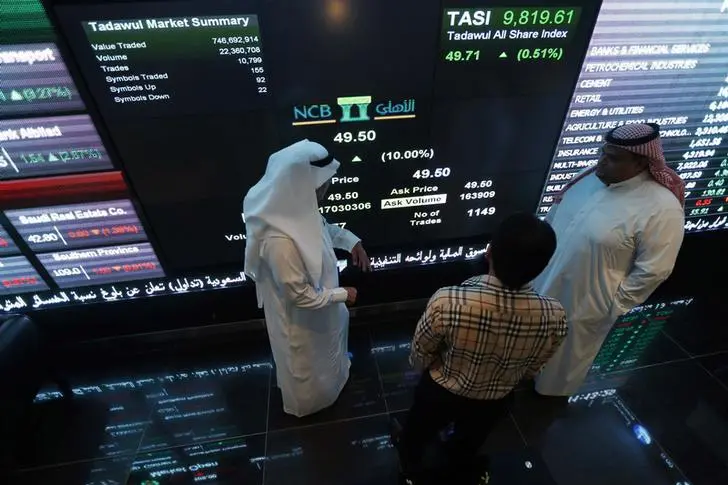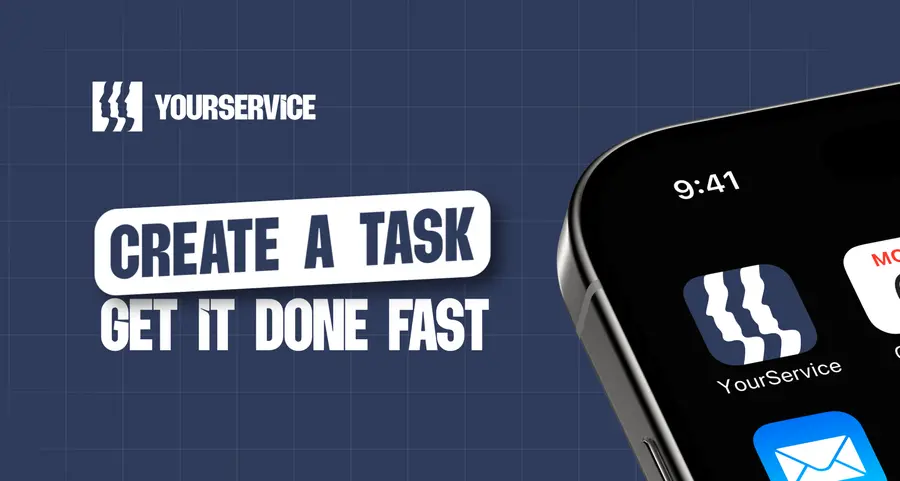PHOTO
Thyssenkrupp Elevator, a global leader in passenger transportation systems with a major presence in the Middle East region, has launched elevator interface to allow multi-level robot movement throughout hotels, hospitals and other buildings.
The Interface eliminates restrictions previously impacting robot movement in buildings, allowing them to move freely regardless of building size or height, said a statement from Thyssenkrupp.
Robotics elevator interface launch reinforces thyssenkrupp’s commitment to creating smarter building transportation solutions through advanced engineering thyssenkrupp Elevator North America has launched a robotics interface platform to assist with robot delivery services throughout buildings.
By incorporating the elevator interface with delivery robots, building owners and managers can improve inhouse logistics, increase productivity and maximize the tenant experience.
Previously, robots could not operate independently and use elevators, severely limiting their use within a multi-story building.
Now, thyssenkrupp’s sophisticated interface allows communication between the robot and the elevator, which enables robots to make floor selections and use elevators like a normal passenger.
"Thyssenkrupp Elevator is helping shape the smart cities of the future with our innovative technologies and solutions that make passenger movement safer and more efficient for everyone, including robots," remarked Kevin Lavallee, CEO of thyssenkrupp Elevator North America.
Successful pilot projects have been completed at prominent hotels and hospitals across the US, as thyssenkrupp has partnered with leading robot manufacturers on these pilot projects, he stated.
Robotic elevator interfaces can be implemented to assist with housekeeping, room and luggage service; assist robotic security guards and concierges; as well as aid in pharmaceutical and package delivery, he added.
The interface permits robots to act like human passengers, placing a call for an elevator via WiFi or 4G LTE, selecting a floor and then exiting the elevator upon reaching its destination.
Using Machine Vision, a robot can determine if an elevator has enough room or if it’s too full to accommodate the robot, stated Lavallee.
All elevator communication is done wirelessly through thyssenkrupp’s TAC family of controllers. The interface, which is only compatible with thyssenkrupp software and hardware, can be installed in as little as one day, he noted.
According to MarketsandMarkets, the delivery robot market is expected to grow from $11.9million in 2018 to $34 million in 2024.
Hotels are increasingly testing this technology due to labor savings, increased revenue from room service as well as increased occupancy and room rates.
Meanwhile, hospitals are utilizing robots for deliveries to and from pharmacies, laboratories, blood banks, nurse stations, waiting rooms, patient rooms, administrative offices and gift shops, stated the official.
“Technology-savvy organizations in pursuit of improved operational efficiencies are embracing the virtually unlimited potential of this technology and how they can implement robots and the elevator interface into their day-to-day activities,” added Lavallee.
According to him, this is not thyssenkrupp Elevator’s first foray into the world of robotics.
In 2017, the company had announced the launch of pilot project in which delivery robots would transport spare parts and other materials from the warehouse to elevator maintenance job sites faster and more efficiently.
In addition to robotics, thyssenkrupp has recently launched two technological advancements poised to revolutionize elevator efficiency – Max and Agile.
Max is the elevator industry’s first real-time, cloud-based predictive maintenance solution that identifies issues before they occur, increasing elevator availability and reducing downtime. There are currently more than 100,000 units installed worldwide, said the statement from Thyssenkrupp.
Meanwhile, the Agile elevator enhancement package allows building managers to more intelligently group and assign passengers to elevators, move people more rapidly to their destination, adjust passenger flow in real-time and personalize touchscreens and kiosks, it stated.
Agile bridges the gap between traditional elevator systems and the elevators of the future
by providing a smart environment of unprecedented connectivity and personalization, it added.-TradeArabia News Service
Copyright 2019 Al Hilal Publishing and Marketing Group Provided by SyndiGate Media Inc. (Syndigate.info).
